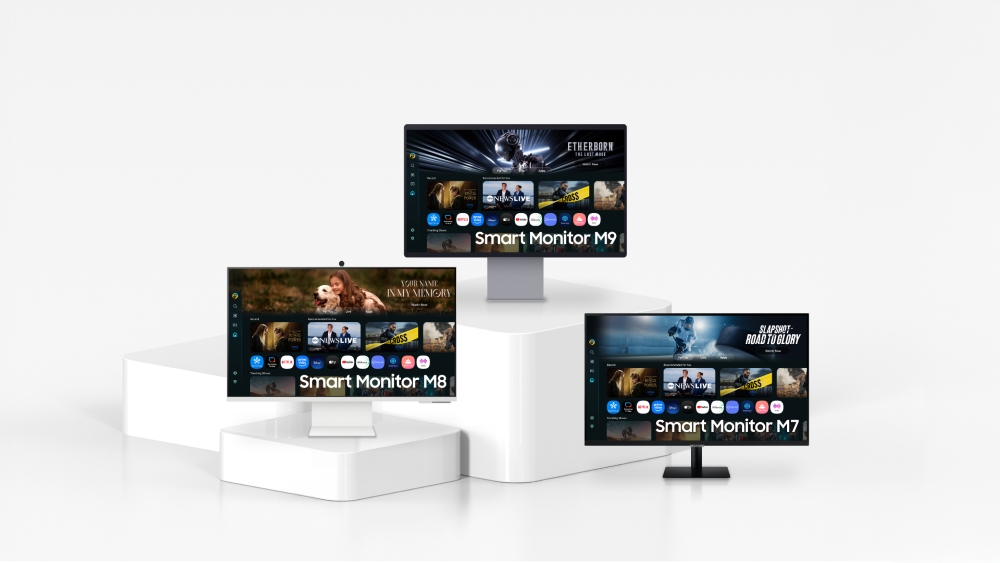Samsung’s new 32-inch Smart Monitor M9 arrives with a premium feature set that blurs the lines between productivity, entertainment, and gaming—but its $1,599 price tag puts it squarely in luxury territory. At the heart of its cost is a QD-OLED panel, which combines OLED’s perfect blacks and contrast with a quantum-dot layer for wider color gamut and higher brightness than standard OLED. This display is Pantone Validated, capable of reproducing over 2,100 colors and 110 skin-tone shades, making it attractive to color-critical creatives who demand studio-grade accuracy.
On top of that, Samsung has baked in multiple AI-driven enhancements. The AI Picture Optimizer adjusts color, contrast, and sharpness in real time based on what’s on screen and the ambient lighting; 4K AI Upscaling Pro refines lower-resolution content; and Active Voice Amplifier Pro uses onboard microphones to isolate dialogue or speech over background noise. These features require custom silicon and advanced software tuning, adding to development and component costs.
Beyond visual fidelity, the M9 functions as an all-in-one “smart monitor.” It runs Tizen OS and includes built-in access to Microsoft 365 apps—Word, Excel, PowerPoint—without a connected PC, along with streaming services and Samsung Gaming Hub for cloud gaming. It also supports a 165 Hz refresh rate, 0.03 ms response time, and NVIDIA G-SYNC, positioning it as a hybrid work-and-play display. Integrating all these platforms and maintaining seamless switching between them demands both hardware overhead (extra RAM, storage, wireless modules) and ongoing software support.
Thermal management and panel longevity are also addressed through Samsung’s Glare-Free coating and OLED Safeguard+, which actively monitors and adjusts panel temperature to reduce burn-in risk. Implementing such protection mechanisms typically involves additional sensors and control circuitry, which further inflates manufacturing costs compared to more basic LCD or conventional OLED panels.
When stacked against other 32-inch 4K smart monitors—such as LG’s 32LQ6300 or Samsung’s previous M8 model, both priced several hundred dollars lower—the M9’s advanced display tech, AI toolset, and integrated platform might feel excessive for users who only need a straightforward office screen. For professionals in video editing, photography, or content creation, and for enthusiasts who value a single-cable, PC-free setup, the M9’s blend of QD-OLED accuracy and intelligent features could justify its premium. However, for typical office work or casual media consumption, more affordable alternatives will deliver similar core functionality without the steep premium.





